Results
-
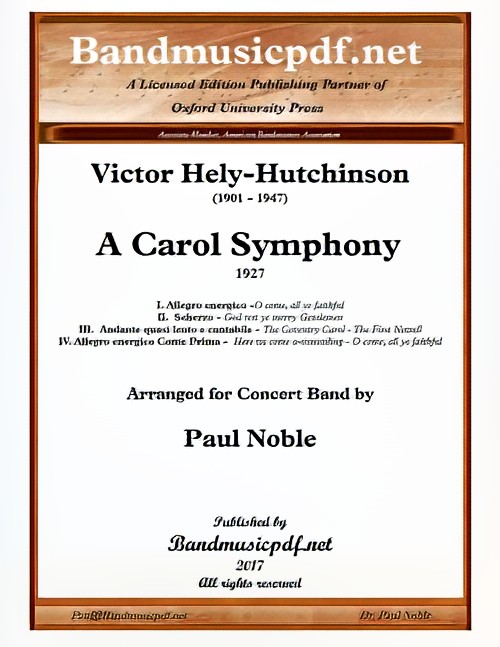 £450.00
£450.00A Carol Symphony (Concert Band - Score and Parts) - Hely-Hutchinson, Victor - Noble, Paul
Victor Hely-Hutchinson is best known for his Carol Symphony, composed in 1927, from which the third movement was used for the title music of the 1943 Children's Hour and 1984 BBC children's television adaptation of John Masefield's The Box of Delights, in particular the variation on the theme of The First Nowell. The first movement is based on O come, all ye faithful, with the second movement being based on God rest ye merry Gentlemen. The third movement includes The Coventry Carol and The First Nowell, with the final movement concluding with Here we come a-wassailing and a return to O come, all ye faithful. The movements may be performed separately. This arrangement for Concert Band adds not only another new seasonal offering, but a very strong piece for advanced bands around the world.
Estimated dispatch 7-14 working days
-
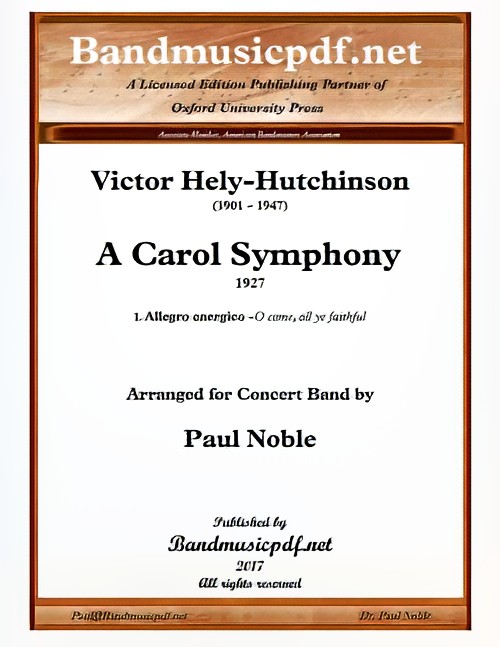 £125.00
£125.00A Carol Symphony, 1st Movement (Concert Band - Score and Parts) - Hely-Hutchinson, Victor - Noble, Paul
Victor Hely-Hutchinson is best known for his Carol Symphony, composed in 1927, from which the third movement was used for the title music of the 1943 Children's Hour and 1984 BBC children's television adaptation of John Masefield's The Box of Delights, in particular the variation on the theme of The First Nowell. The first movement is based on O come, all ye faithful, with the second movement being based on God rest ye merry Gentlemen. The third movement includes The Coventry Carol and The First Nowell, with the final movement concluding with Here we come a-wassailing and a return to O come, all ye faithful. The movements may be performed separately. This arrangement for Concert Band adds not only another new seasonal offering, but a very strong piece for advanced bands around the world.
Estimated dispatch 7-14 working days
-
 £125.00
£125.00A Carol Symphony, 2nd Movement (Concert Band - Score and Parts) - Hely-Hutchinson, Victor - Noble, Paul
Victor Hely-Hutchinson is best known for his Carol Symphony, composed in 1927, from which the third movement was used for the title music of the 1943 Children's Hour and 1984 BBC children's television adaptation of John Masefield's The Box of Delights, in particular the variation on the theme of The First Nowell. The first movement is based on O come, all ye faithful, with the second movement being based on God rest ye merry Gentlemen. The third movement includes The Coventry Carol and The First Nowell, with the final movement concluding with Here we come a-wassailing and a return to O come, all ye faithful. The movements may be performed separately. This arrangement for Concert Band adds not only another new seasonal offering, but a very strong piece for advanced bands around the world.
Estimated dispatch 7-14 working days
-
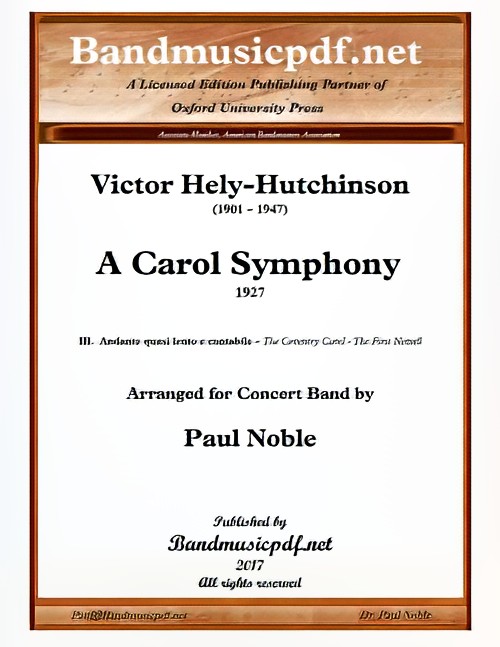 £125.00
£125.00A Carol Symphony, 3rd Movement (Concert Band - Score and Parts) - Hely-Hutchinson, Victor - Noble, Paul
Victor Hely-Hutchinson is best known for his Carol Symphony, composed in 1927, from which the third movement was used for the title music of the 1943 Children's Hour and 1984 BBC children's television adaptation of John Masefield's The Box of Delights, in particular the variation on the theme of The First Nowell. The first movement is based on O come, all ye faithful, with the second movement being based on God rest ye merry Gentlemen. The third movement includes The Coventry Carol and The First Nowell, with the final movement concluding with Here we come a-wassailing and a return to O come, all ye faithful. The movements may be performed separately. This arrangement for Concert Band adds not only another new seasonal offering, but a very strong piece for advanced bands around the world.
Estimated dispatch 7-14 working days
-
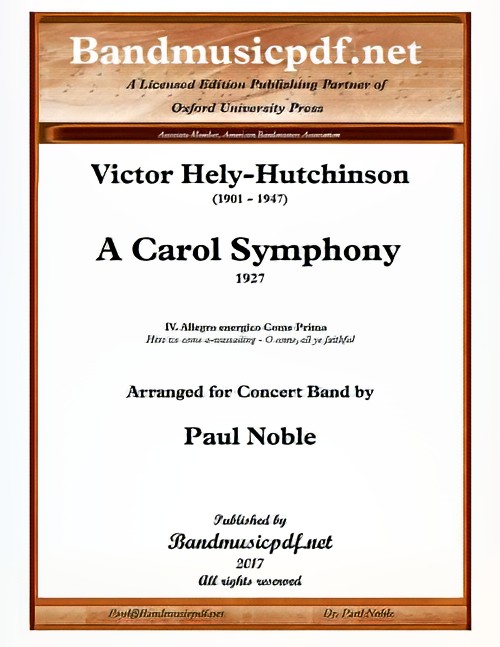 £125.00
£125.00A Carol Symphony, 4th Movement (Concert Band - Score and Parts) - Hely-Hutchinson, Victor - Noble, Paul
Victor Hely-Hutchinson is best known for his Carol Symphony, composed in 1927, from which the third movement was used for the title music of the 1943 Children's Hour and 1984 BBC children's television adaptation of John Masefield's The Box of Delights, in particular the variation on the theme of The First Nowell. The first movement is based on O come, all ye faithful, with the second movement being based on God rest ye merry Gentlemen. The third movement includes The Coventry Carol and The First Nowell, with the final movement concluding with Here we come a-wassailing and a return to O come, all ye faithful. The movements may be performed separately. This arrangement for Concert Band adds not only another new seasonal offering, but a very strong piece for advanced bands around the world.
Estimated dispatch 7-14 working days
-
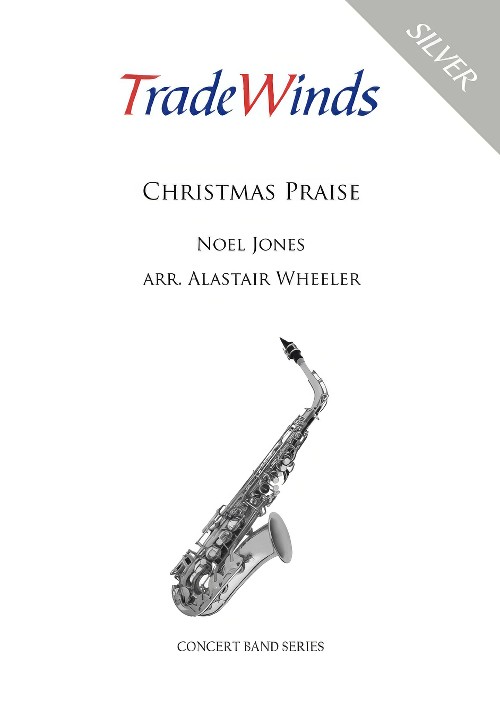 £34.95
£34.95Christmas Praise (Concert Band - Score and Parts) - Jones, Noel - Wheeler, Alastair
This march by Australian composer Noel Jones will have the audience's toes-tapping as it trips easily through, Hark, the herald angels sing, God rest ye merry gentlemen, the Normandy carol and Away in a manger.
Estimated dispatch 7-14 working days
-
 £6.95
£6.95Christmas Praise (Concert Band - Score Only) - Jones, Noel - Wheeler, Alastair
This march by Australian composer Noel Jones will have the audience's toes-tapping as it trips easily through, Hark, the herald angels sing, God rest ye merry gentlemen, the Normandy carol and Away in a manger.
Estimated dispatch 7-14 working days
-
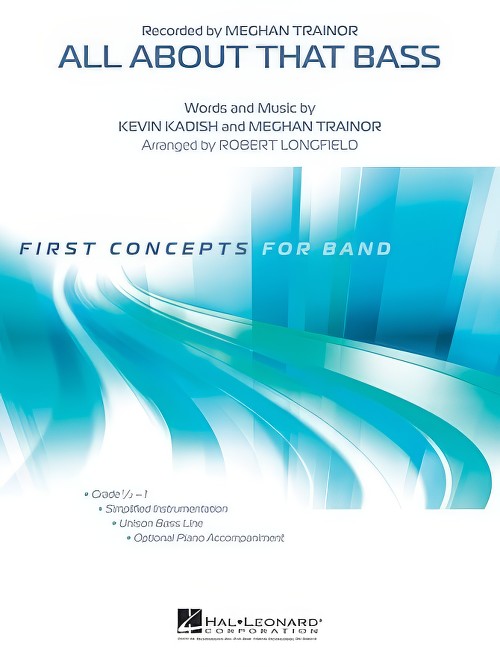 £47.50
£47.50All About That Bass (Concert Band - Score and Parts) - Kadish & Trainor - Longfield, Robert
Your low brass section will certainly enjoy taking the lead on this pop hit recorded by Meghan Trainor. The rest of the band will enjoy it too!
Estimated dispatch 7-14 working days
-
 £77.00
£77.00Christmas Vacation (Concert Band - Score and Parts) - Mann & Weil - Roszell, Patrick
Since its release in 1989, National Lampoon's Christmas Vacation has become an annual modern Christmas classic with an almost cult following generating recollections of the funniest lines from the film. Stimulate those hilarious memories musically with this delightful arrangement of the charismatic theme song. Grab some Tylenol with Clark and the rest of the Griswold family as we celebrate the holiday season.Duration: 2:30
Estimated dispatch 7-14 working days
-
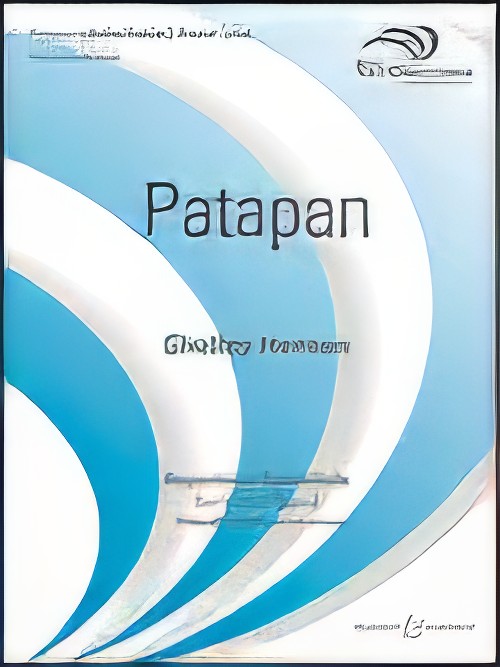 £65.00
£65.00Patapan (Concert Band - Score and Parts) - Hanson, Shelley
Two famous Christmas melodies - the French carol Patapan and the English God Rest Ye Merry Gentlemen - are memorably bound together in this selection, with percussion evoking the traditional Irish bodhran drum. A smart and sprightly addition to your next holiday performance! Duration: 3:15
Estimated dispatch 7-14 working days
